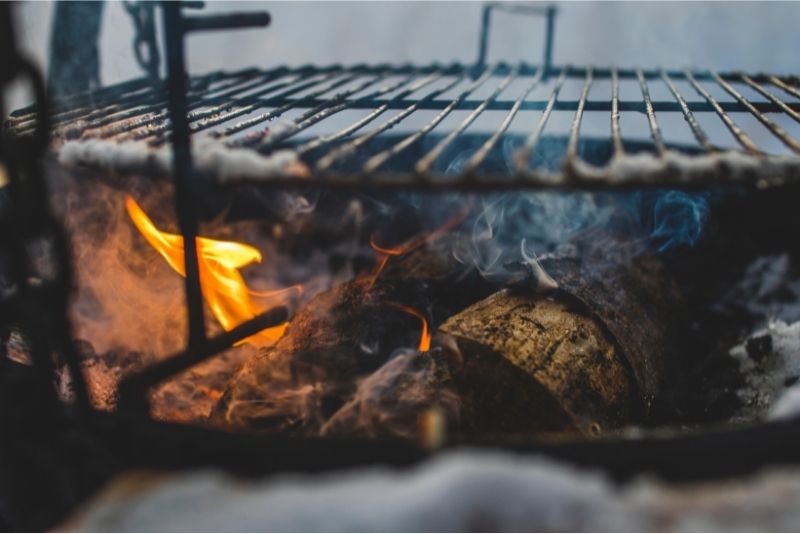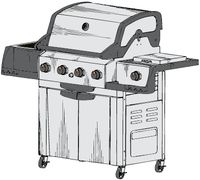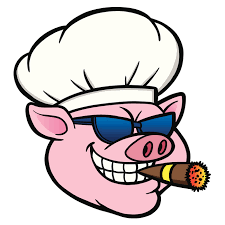Direct grilling
This term is how almost everyone defines grilling food. Placing your protein or vegetable directly over the heat source with nothing between the food and fire (or heated coals), except usually the grate on which the food rests. This method is intended to cook thinner pieces of food quickly. Examples would be vegetables, white fish, steak or shish kabob.

How to set up your charcoal for direct grilling
There are a couple of different ways to set up your coals. The easiest way is to spread them out evenly and have your food directly above. This provides a nice, even heat source and will allow for all of the food to receive the same temperature.
The other way is create three heat zones. You do this by starting the coals and then distributing them unevenly. One with a thin amount, the second with twice the amount and the third with three times the first. This allows you to better control the cooking intensity and allow for you to move smaller pieces to a another area of the grill so as not to overcook while still allowing larger pieces to spend more time over the hotter areas.

The idea is not to stop cooking any of the food, but allow for them to all cook and come off the grill at nearly the same time. This technique develops over time but definitely allows you to develop your skills as a grillmaster.

If you are using a propane grill that has temperature control for three different zones or two at the least, you will get a similar result.
Indirect grilling
Most people refer to this as barbecue. Whether you utilize smoke or not, it is usually intended for thicker pieces of meat. Because of this, you want to cook at a lower temperature for a longer time. Since direct heat usually causes intensity on at least one side of the food (even on low flame), you are trying to create an atmosphere similar to an oven rather than a stove top burner.
With direct grilling you usually are wanting a bit of char from the flames to provide a bit of a sear whereas the primary focus of indirect is a uniform heat distributed around the outside of the meat. This is why the grill or smoker stays closed through most of the cook.
Indirect grilling is intended for cooking larger pieces or tougher meats that would burn or dry out if direct grilled. Examples would be ribs, brisket, whole hogs and venison.
Setting up a charcoal grill for indirect grilling
Whether you start your coals in a chimney or inside your grill with a match, the idea is to have them as far away from the food as you can. This can be achieved in a number of ways.
Weber type grills usually pile the coals around the walls (but not too high) of the grill allowing for the center to be devoid and this is the area where you cook. There are different techniques to this. Some will put a drip pan above the grate. Add another grate on the drip map and then put their meat on top. This allows for the greatest distance to the meat ad since the heat from the coals rise, it goes directly to the top of the cover and circulates throughout.
Other grills are long and cylindrical. This allows for you to add the coals at one end and keep the food at the other. In doing so, you have sufficient distance between your heat source and meat. Both ways can act as a defacto smoker. Add some wood chips to the coals and you now have your smoke.
The key is to limit the air going into the grill to keep the charcoal going for a longer period of time and to help keep the temperature at around 250° to 275°.

If you have a propane grill with multiple zones, you can employ the same reasoning for indirect by lighting a burner at one end of the grill and at the same time placing your food at the other. To add smoke, a small drip pan above the heat filled with wood chips should work just fine. Be careful though that it does not fully catch on fire.
